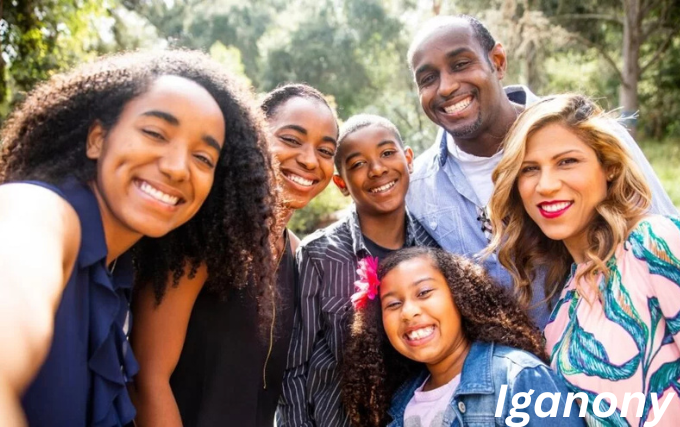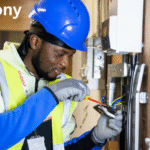Choosing to open your home to a child in need is one of the most generous and life-changing decisions a person or family can make. But for many, the distinction between fostering and adoption isn’t always clear. Both involve caring for children who cannot live with their birth families, but the nature of the arrangement, the legal responsibilities, and the long-term commitment differ in important ways. Understanding these differences is key to deciding which path is the right one for you.
The Core Difference Between Fostering and Adoption
The most significant distinction between fostering and adoption lies in the permanence of the arrangement. Adoption is a lifelong legal commitment. When you adopt a child, they become a full legal member of your family, with the same rights as a birth child. You become their parent in every sense, and the local authority’s involvement usually ends once the adoption order is granted.
Fostering, on the other hand, is a temporary arrangement. It may last days, months, or even years, but the legal responsibility for the child remains with the local authority or birth parents. Foster carers provide stability, safety and care during difficult times, often until a more permanent arrangement—such as returning home or being adopted—is possible.
Different Roles, Different Responsibilities
Foster carers work closely with social workers, schools, and health professionals to meet the child’s needs while also supporting plans for the child’s future. That might involve helping a child maintain contact with their birth family or preparing them for reunification. While foster carers have day-to-day responsibility, they often need to consult the local authority on major decisions, especially for things like overseas travel, medical procedures, or changes in schooling.
Adoptive parents make all parenting decisions independently once the adoption is finalised. There’s no further need for local authority oversight. The relationship with the child becomes private and permanent, which is why the adoption process is often longer and more detailed than fostering, involving court proceedings and extensive checks to ensure a lifelong match.
The Emotional Commitments
Fostering and adoption both demand emotional resilience and a capacity for empathy. Foster carers often support children who are dealing with trauma, uncertainty, or change. That can mean providing a stable environment for a child who may eventually leave, which can be emotionally challenging. It requires a strong support system and an understanding that the role is to offer care for as long as it’s needed—even if that time is limited.
Adoption is different in that it focuses on building a lifelong bond. While many adopted children may have experienced trauma, the goal is to create a permanent home and help them feel secure in their identity and future. Adoptive parents need to be prepared for the long-term emotional journey, which may include questions about the child’s past, cultural identity, and the psychological effects of early life experiences.
Financial Support and Practical Considerations
Both foster carers and adoptive parents receive support, but it differs in structure and purpose. Foster carers receive a fostering allowance to help cover the costs of looking after a child, including clothing, food, transport and other daily needs. This allowance varies depending on the age of the child and the complexity of their needs. In some cases, foster carers may receive a fee for their skills and experience.
Adoptive parents don’t receive a regular allowance, but there may be financial support available in specific cases, such as when adopting a child with additional needs or as part of a sibling group. There is also adoption leave available for employed adopters, similar to maternity or paternity leave, and certain benefits and tax credits may be available depending on the family’s circumstances.
Training and Assessment
Becoming a foster carer or adopter both involve thorough assessments, background checks and preparation. Foster carers usually go through initial training such as the Skills to Foster course, followed by a detailed assessment of their suitability, experience, and home environment. Once approved, ongoing training is often provided, and foster carers are expected to continually develop their skills to meet children’s needs.
Adoption requires similar preparation, with potential adopters attending preparation groups and going through a home study with a social worker. This process helps both sides understand what adoption will involve and whether it’s the right fit. Adoption panels and court approval are part of the formal process, and while the route can be emotionally demanding, it’s designed to ensure children are placed in loving and stable homes for life.
Deciding What’s Right for You
Choosing between fostering and adoption depends on your circumstances, lifestyle, and long-term intentions. Some people are drawn to fostering because they want to support children through challenging times and feel they can offer a safe space for a temporary period. Others are looking to build a permanent family and see adoption as the right path. It’s not uncommon for foster carers to later adopt a child they’ve been caring for if the situation leads that way, but this is never guaranteed and depends on what’s best for the child.
The decision may also depend on practical factors, such as whether you have space for short-notice placements, whether you’re able to support a child’s contact with birth family members, and whether you feel prepared for the emotional aspects of reunification. Alternatively, you may feel strongly about providing a forever home and being there for every stage of a child’s life, which adoption makes possible.
Support Networks and Lifelong Impact
Whichever path you choose, you won’t be doing it alone. Local authorities and voluntary agencies offer support for both foster carers and adopters, including training, therapeutic services, and peer support groups. Fostering and adoption both come with challenges, but they also offer the chance to make a lasting difference in a child’s life.
Helping a child feel safe, seen and supported is one of the most profound contributions you can make. Whether you foster for a few weeks or adopt for a lifetime, your role can be a turning point for someone who needs stability and care more than anything else.







